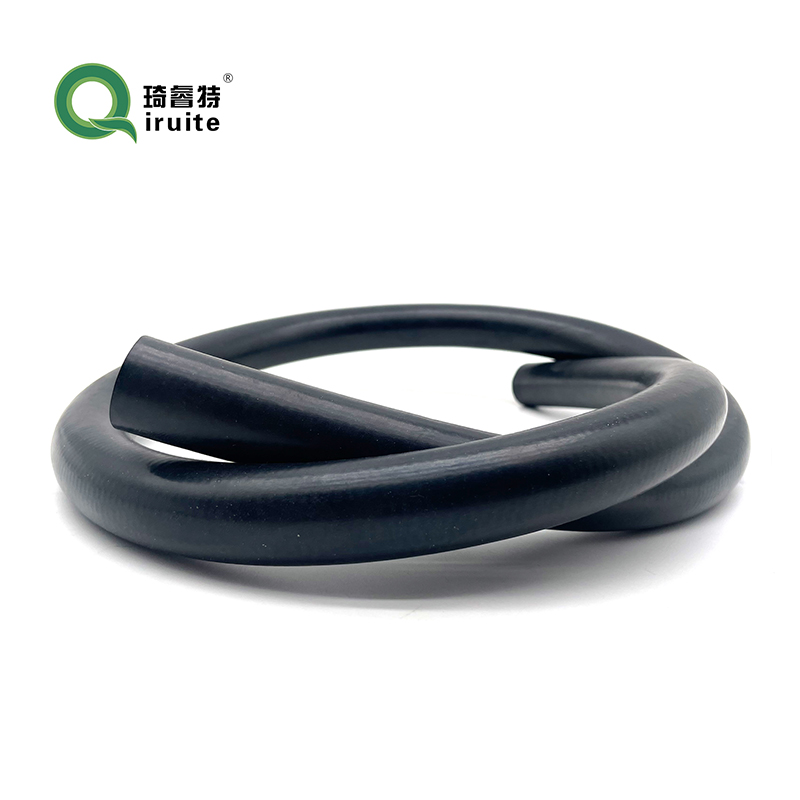Connecting Brake Booster Vacuum Hose to Carburetor for Improved Engine Performance and Braking Efficiency
Understanding the Brake Booster Vacuum Hose to Carburetor Connection
The brake booster vacuum hose is a critical component in many vehicles, especially those with carbureted engines. It plays an important role in enhancing braking performance and ensuring smooth operation of the engine. This article will discuss the significance of the brake booster vacuum hose, its connection to the carburetor, and some common issues and solutions related to this setup.
What is a Brake Booster?
A brake booster is a device that uses vacuum pressure to assist the driver in applying the brakes. It significantly reduces the amount of effort required to press the brake pedal, making the vehicle safer and more responsive. The brake booster typically connects to the intake manifold via a vacuum hose, where it draws vacuum pressure needed for operation.
The Role of the Vacuum Hose
The vacuum hose serves as the vital link between the brake booster and the engine’s intake system. In carbureted engines, this hose connects directly to the carburetor. The carburetor is responsible for mixing air and fuel in the ideal ratio for combustion. It’s essential that the vacuum hose maintains a secure and airtight connection, as any leaks or damage can compromise both braking performance and engine efficiency.
Connection to the Carburetor
When the engine runs, it creates negative pressure (vacuum) in the intake manifold. This vacuum is not only utilized for optimal air-fuel mixture through the carburetor but also powers the brake booster. When the brake pedal is pressed, the diaphragm inside the brake booster moves, amplifying the force exerted by the driver. This amplification relies heavily on the vacuum generated by the engine and transmitted through the vacuum hose.
Proper routing and connection of the brake booster vacuum hose to the carburetor are crucial
. The hose should be securely attached to the vacuum port on the carburetor, which is designed to provide an appropriate amount of vacuum to the brake booster. It's important to use the correct type and size of hose, as specified by the vehicle manufacturer.brake booster vacuum hose to carburetor

Common Issues
Several issues can arise from the brake booster vacuum hose connection to the carburetor
1. Vacuum Leaks Over time, vacuum hoses can become brittle and crack, leading to leaks. A vacuum leak can reduce the effectiveness of the brake booster, making it harder to stop the vehicle and potentially causing erratic engine performance.
2. Blocked Vacuum Ports If the vacuum port on the carburetor is blocked or clogged, the brake booster will not receive the necessary vacuum pressure, leading to a hard brake pedal experience.
3. Improper Routing The vacuum hose must be routed correctly to avoid kinks or bends that can restrict airflow. Misrouted hoses may also come into contact with hot engine components, leading to hose degradation.
Solutions and Maintenance
Regular maintenance is essential to ensure the brake booster vacuum hose remains in optimal condition. Periodically inspect the hose for any signs of wear, cracking, or damage. Replacing a worn-out vacuum hose is a straightforward task that can restore both braking efficiency and engine performance.
If you suspect a vacuum leak, a simple test can be performed using a smoke machine or a visual inspection. Identifying and fixing leaks early can save costs associated with more extensive repairs down the line.
In conclusion, the brake booster vacuum hose to carburetor connection is a crucial aspect of the vehicle’s braking and engine systems. Understanding its significance and maintenance needs can enhance safety and performance, ensuring a reliable driving experience. Regular checks and proper attention to this component can lead to a well-maintained vehicle ready to handle the demands of the road.
-
Ultimate Spiral Protection for Hoses & CablesNewsJun.26,2025
-
The Ultimate Quick-Connect Solutions for Every NeedNewsJun.26,2025
-
SAE J1401 Brake Hose: Reliable Choice for Safe BrakingNewsJun.26,2025
-
Reliable J2064 A/C Hoses for Real-World Cooling NeedsNewsJun.26,2025
-
Heavy-Duty Sewer Jetting Hoses Built to LastNewsJun.26,2025
-
Fix Power Steering Tube Leaks Fast – Durable & Affordable SolutionNewsJun.26,2025

